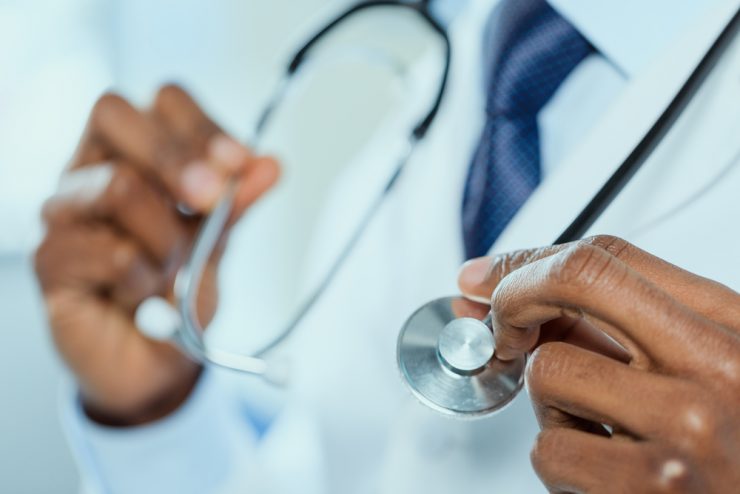Usually, the virus coxsackie A causes this disease. Coxsackie B or enterovirus 71 also can cause this. The group containing these viruses is called enteroviruses. Sores in mouth, rash on the palms and soles of the feet are the symptoms of this disease. This disease is contagious and occurs in children below ten years of age. It can also affect adolescents and adults. If coxsackie A has attacked in their childhood, these adults become immune to this. However, the symptoms in adults are mild. The foot and mouth disease is not the same as hand, foot and mouth disease and they have no relation in between them. The former affects animals like sheep and pigs.
What causes this disease
Coxsackie A, coxsackie B or enterovirus 71 can cause this disease. Air is the vehicle of these viruses. It spreads from infected persons through their coughs and sneezes. Sores, saliva or faeces of the infected person can pass it on to you. Even up to four weeks after recovery, this virus may be present in the stools. After attending the nature calls in the toilet, it is necessary for any one to wash the hands and feet thoroughly.
What are the symptoms of this disease
The symptoms appear within a week after infection. They symptoms start with fever, poor appetite, sore throat, elevated red spots in mouth, throat and skin and general discomfort. In the mouth, they develop into yellowish-red lesions after a day. Inner cheeks and tongue also can be affected. Eating, drinking and swallowing become difficult. Gradually they may appear on palms and soles. It can also appear between fingers and toes. Rarely you can find it on genitals and buttocks. The sores are itchy and last for about six days. These symptoms resemble that of chicken pox. However, in adults the symptoms are not so severe.
How this disease is diagnosed
Age is a major diagnosing factor, as this disease occurs mostly in children below ten years. The main symptoms are fever, sore throat and red spots in the mouth. An important sign is the appearance of sores which resembles that of chicken pox.
The doctor performs a throat swab. The doctor may ask for stool sample too. This enables identifying the type of virus that has caused the disease. It takes weeks together to get the results. By this time the affected persons recovers from the attack of the virus. Therefore, these tests are done very rarely.
How can the hand, foot and mouth disease be treated
Antibiotics may not be useful for treatment of this disease, as it is caused by virus. This disease clears up on its own in ten days. However, the symptoms can be managed by taking lots of fluids and with paracetamol. You should take rest until complete recovery. However, children below 16 years should not take aspirin. The sores can spread in children as they scratch them. In such cases, the doctor may prescribe antibiotics.
How pregnant women are treated for this disease
The pregnant women are affected very rarely. Still, there is a chance that they may pass it on to their new babies. Rarely, it can result in miscarriage too. However, the symptoms appear mildly in newborns. At the same time, it can infect liver and heart of the newborns, in severe cases. It becomes dangerous in such cases. Therefore, pregnant women should immediately consult doctors if they suspect that they are infected.












